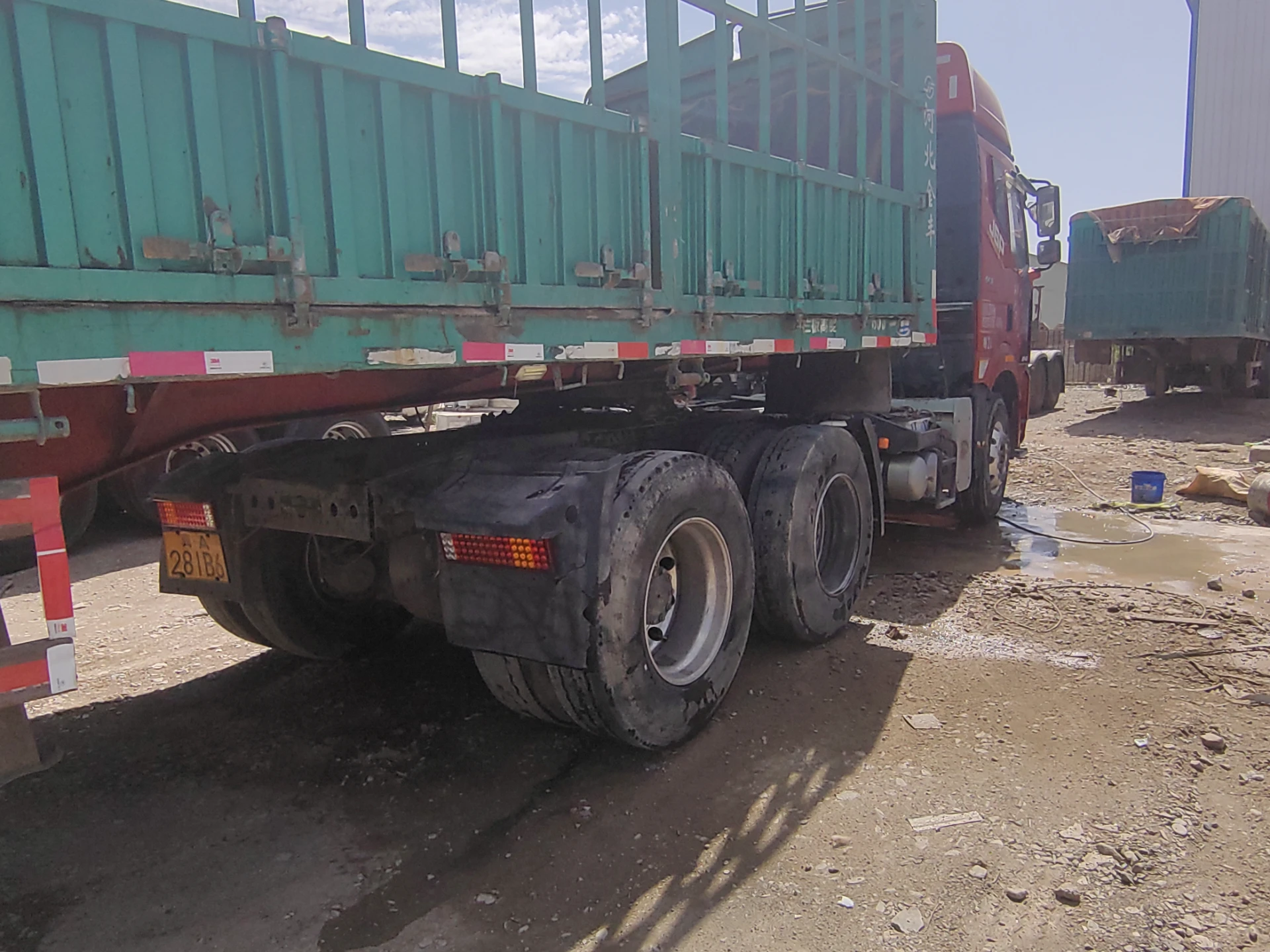different types of car chassis
Understanding Different Types of Car Chassis
The chassis of a car is its fundamental framework, providing the structural integrity necessary to support various components, from the engine to the body and everything in between. Understanding the different types of car chassis is essential for automotive enthusiasts, engineers, and those in the market for a new vehicle. This article explores the various types of car chassis, their advantages, and their applications.
1. Ladder Chassis
The ladder chassis is one of the oldest and most traditional designs, featuring two parallel beams connected by cross-members. This type of chassis is frequently found in trucks and SUVs, as it provides substantial strength and rigidity, making it ideal for heavy loads and off-road conditions. The simplicity of the ladder chassis makes it relatively easy to manufacture and repair. However, it can be heavier than modern designs, impacting fuel efficiency.
2. Monocoque Chassis
A monocoque chassis, or unitary construction, integrates the body and frame into a single structure. This design enhances strength-to-weight ratios, as the body panels themselves contribute to the overall rigidity. Modern passenger cars often utilize monocoque designs for better safety and performance. The absence of a separate frame reduces weight and improves fuel efficiency; however, repairs can be more complex and costly if structural damage occurs.
3. Space Frame Chassis
The space frame chassis consists of a network of tubes that form a rigid structure. This design is especially prevalent in high-performance sports cars and racing vehicles due to its lightweight nature and exceptional strength. Space frames can be manufactured using various materials, such as steel or aluminum, and can be designed to absorb impact energy effectively, making them safe for high-speed applications. However, they can be more expensive to produce compared to other chassis types.
different types of car chassis

A platform chassis serves as a base for multiple models within a manufacturer's lineup. Car manufacturers often use platform sharing to reduce costs and streamline production while maintaining various body styles and configurations. This method promotes efficiency in design and manufacturing, leading to cost savings for both the manufacturer and consumer. Cars built on the same platform may share suspension components, engine placements, and other elements, fostering innovation and versatility.
5. Tubular Chassis
Similar to the space frame, the tubular chassis utilizes a series of interconnected tubes, but it typically features a more focused design arranged specifically to reduce weight while maximizing strength. This chassis type is often found in racing and specialty vehicles, like some off-road and Formula racing cars. Tubular chassis designs offer high levels of customization, allowing engineers to create lighter vehicles that perform exceptionally well under various conditions. However, they may not provide the same level of passenger comfort and practicality found in more traditional designs.
6. Cross-Linked Chassis
In the cross-linked chassis design, structural elements are arranged in a crisscross pattern, which enhances stability and strength without adding excessive weight. This chassis is increasingly being used in advanced electric vehicles (EVs) and hybrids, where weight distribution and energy efficiency are critical. By stabilizing the vehicle and lowering the center of gravity, cross-linked chassis designs can improve handling and overall performance.
7. Combined Chassis
Some modern vehicles utilize a combination of chassis types to optimize performance across various driving conditions. For instance, a hybrid design may incorporate the lightweight advantages of a monocoque structure while retaining some characteristics of a ladder chassis for added toughness. These combined approaches enable manufacturers to tailor their vehicles for specific markets and customer needs, accommodating everything from urban commuting to rugged off-road adventures.
Conclusion
Understanding the different types of car chassis is vital for appreciating the diverse automotive landscape. Each chassis type, whether ladder, monocoque, or space frame, presents distinct advantages and disadvantages that cater to specific performance, safety, and functionality requirements. As technology and materials evolve, so will chassis designs, allowing manufacturers to create vehicles that are lighter, stronger, and more efficient, paving the way for innovations in the automotive industry. Whether you're an enthusiast, a professional, or a potential buyer, knowledge about these chassis types can enrich your understanding of how vehicles are built and the advantages they offer.
-
SINOTRUK HOWO 84 Electric Dump Truck for Eco-Friendly Heavy HaulingNewsJul.26,2025
-
The Fast 16-Gear Manual Transmission Assembly for Heavy TrucksNewsJul.25,2025
-
Mercedes Benz Actros 1848 42 Tractor Truck for Sale - Reliable PerformanceNewsJul.24,2025
-
High-Quality Water Pump Assembly for Sinotruk Trucks – Durable & ReliableNewsJul.23,2025
-
Premium Truck Engine Antifreeze Coolant Fluid for Heavy Duty VehiclesNewsJul.22,2025
-
FOTON View G7 Mini Bus: Affordable & Spacious TransportNewsJul.22,2025
Popular products

























